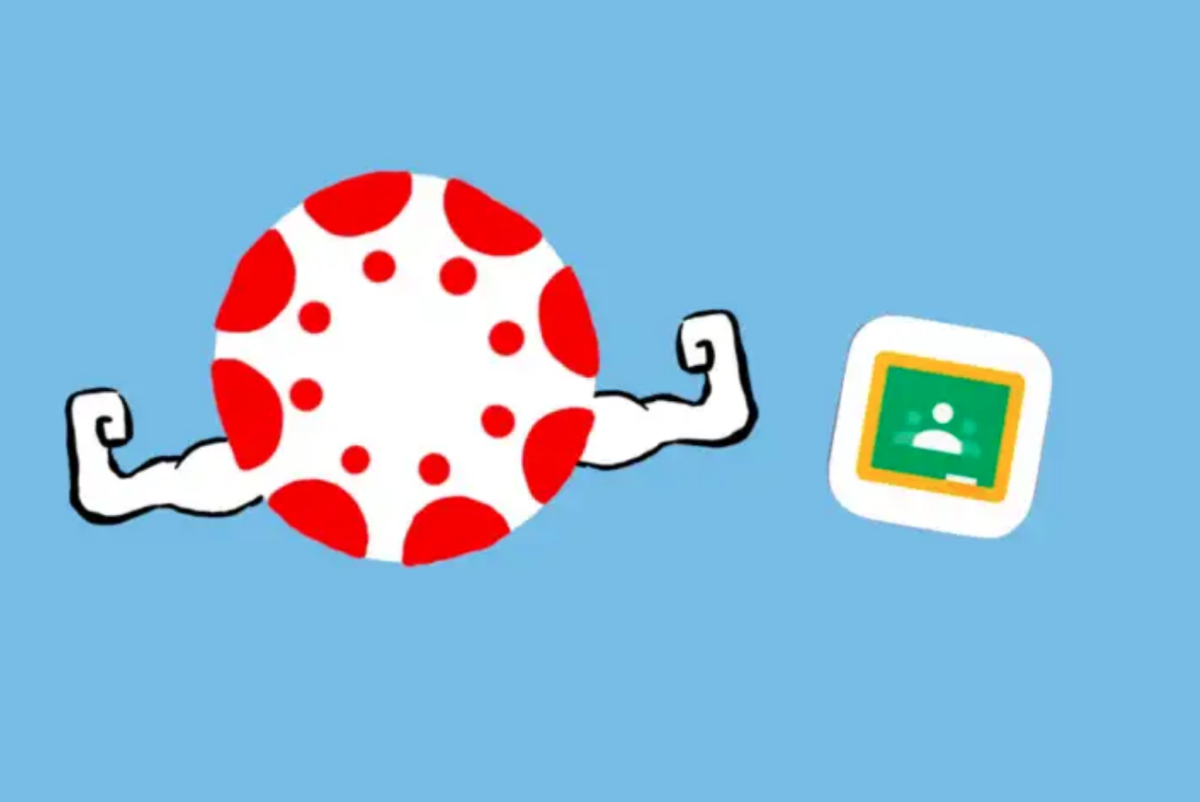At Portola High, Google Classroom and Canvas are the two main learning management systems (LMS) students use to submit assignments, look over course agendas and access other important resources essential to academic success.
With most students using both platforms at once, clear favorites have emerged, sparking light-hearted debate over which LMS is the most well-rounded. Taking into consideration all relevant factors, including user interface, ease of submitting work and more, Canvas easily takes the cake in this debate.
First, Canvas is jam-packed with features that Google Classroom simply does not have. With the ability to provide in-house examinations through Canvas Quizzes, complex discussion boards, organized modules and intuitive sync to the Aeries gradebook, Canvas undoubtedly beats Google Classroom in terms of functionality.
“It’s easier to use Canvas, especially because in Google Classroom, once you submit an assignment, you lose ownership of it and access to it,” senior Aditi Venkataraman said. “Canvas lets you slowly edit your assignments.”
While the advantages of using Canvas are most apparent for students, teachers can also find greater ease in assigning student work and organizing content. Convenient feedback tools that allow teachers to make document annotations, in addition to tools that analyze submission punctuality and grade distributions, are among the features that Google Classroom lacks, according to the University of California, San Diego.
“You can collaborate with other teachers super easily,” physics teacher John Olivares said. “We can send each other modules or resources on Canvas. It’s just a lot more powerful. So a teacher can make a like a master class — a blueprint of the class that has all the assignments and resources on it — and then other teachers can make a copy of that.”
Even more importantly, Canvas is geared towards higher-education learning because of the easy communication between students and professors and the excellent customer support, making it clear why every Ivy League institution uses Canvas as its primary LMS, according to Forbes. High school should provide an environment where students are actively being prepared for a rigorous college experience, and exposing students to Canvas early on supports a seamless transition between schools.
Still, proponents of Google Classroom continuously appraise its connection to all of Google, such as Docs and Slides, both platforms which are used excessively in both college and high school. While this is true, this connection leads to Google Classroom’s biggest downfall, the inability to edit documents after submission, which forces people to unsubmit before being able to change or add things to a document.
Ultimately, the debate between Google Classroom and Canvas lies in the usage of either platform in higher education. Canvas, even though less modern, is the most useful to learn because of the preference of it in higher education.






